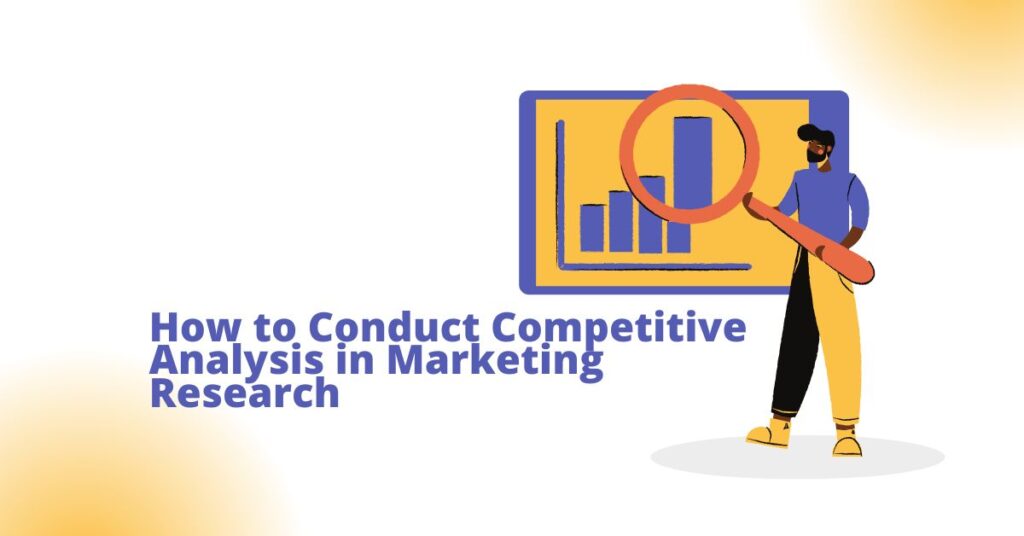In today’s dynamic business landscape, understanding market dynamics and staying ahead of competitors are essential for achieving marketing success. Competitive analysis in marketing research plays a vital role in helping businesses gain insights into their competitors’ strategies, identify market opportunities, and refine their marketing efforts. By conducting thorough competitive analysis, marketers and digital specialists can make informed decisions that drive growth and success.
The Importance of Competitive Analysis
Competitive analysis in marketing research involves evaluating competitors’ strengths, weaknesses, strategies, and market positioning. This process helps businesses understand where they stand in the market and identify areas for improvement. By gaining a comprehensive view of the competitive landscape, companies can develop more effective marketing strategies and differentiate themselves from competitors.
A well-executed competitive analysis provides valuable insights into customer preferences, industry trends, and emerging opportunities. It enables marketers to anticipate market shifts and adjust their strategies accordingly, ensuring that their offerings remain relevant and appealing to the target audience.
Key Steps in Conducting Competitive Analysis
To conduct effective competitive analysis in marketing research, businesses must follow a structured approach. The first step is identifying direct and indirect competitors. Direct competitors are those that offer similar products or services to the same target audience, while indirect competitors may address different needs but still compete for customers’ attention.
Once competitors are identified, the next step is gathering data on their marketing strategies, product offerings, pricing models, and customer engagement tactics. This information can be obtained through various sources, such as competitor websites, social media profiles, industry reports, and customer reviews. Analyzing this data helps marketers identify trends, best practices, and potential gaps in the market.
Another critical step is evaluating competitors’ strengths and weaknesses. By assessing what competitors are doing well and where they are falling short, businesses can identify opportunities to differentiate themselves and address unmet customer needs. This evaluation also provides insights into potential threats and helps companies develop strategies to mitigate them.
Utilizing Marketing Research Services
Marketing research services can play a crucial role in conducting comprehensive competitive analysis. These services offer expertise in data collection, analysis, and reporting, providing businesses with actionable insights to inform their marketing strategies. By leveraging marketing research services, companies can save time and resources while gaining a deeper understanding of their competitive landscape.
In addition to gathering and analyzing data, marketing research services often provide strategic recommendations based on their findings. These recommendations can help businesses refine their marketing efforts, improve customer engagement, and achieve a stronger market position.
Applying Insights to Marketing Strategies
The ultimate goal of competitive analysis in marketing research is to apply the insights gained to develop more effective marketing strategies. By understanding competitors’ strengths and weaknesses, businesses can identify unique value propositions and craft compelling messages that resonate with their target audience.
Moreover, competitive analysis helps marketers make data-driven decisions that optimize their marketing efforts. From pricing strategies to promotional campaigns, the insights gained from competitive analysis enable businesses to allocate resources more efficiently and maximize their return on investment.
In conclusion, competitive analysis in marketing research is an indispensable tool for marketers and digital specialists seeking to stay ahead in a competitive market. By following a structured approach, leveraging marketing research services, and applying insights to marketing strategies, businesses can achieve a competitive edge and drive long-term success.

